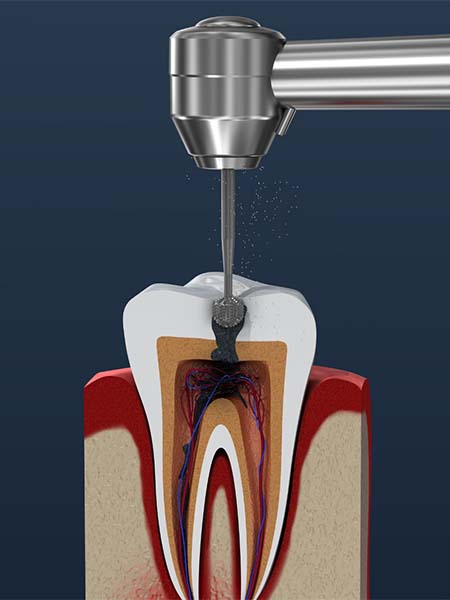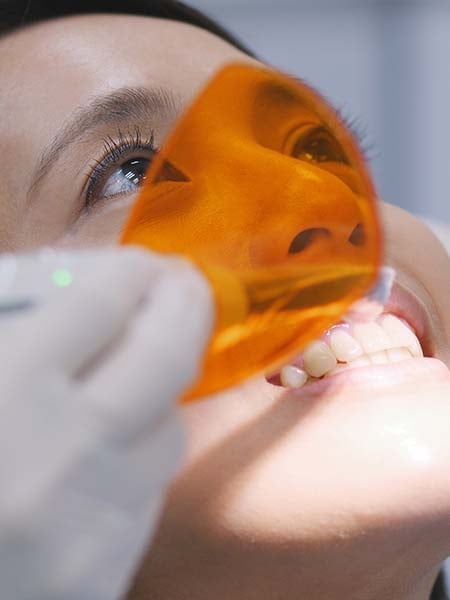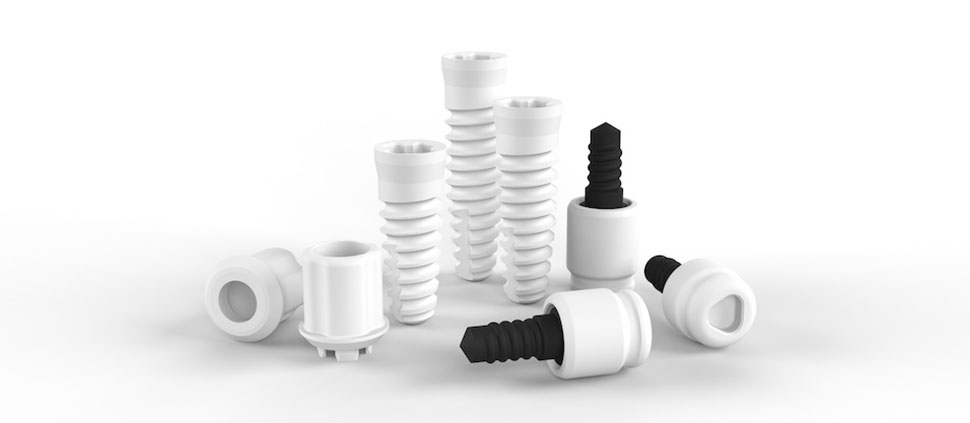A pulpotomy is a fairly conservative type of treatment to help preserve the vitality of deeper pulp tissues within your child’s primary teeth. The benefits of this are that it helps:
This is to prevent the infection present in a portion of the pulp from spreading to the rest, hence encouraging tissue regeneration for permanent teeth, saving the tooth.
If you are suffering from a severe cavity, and your tooth’s pulp, also known as pulpitis, is infected, you may require a pulpotomy.


















